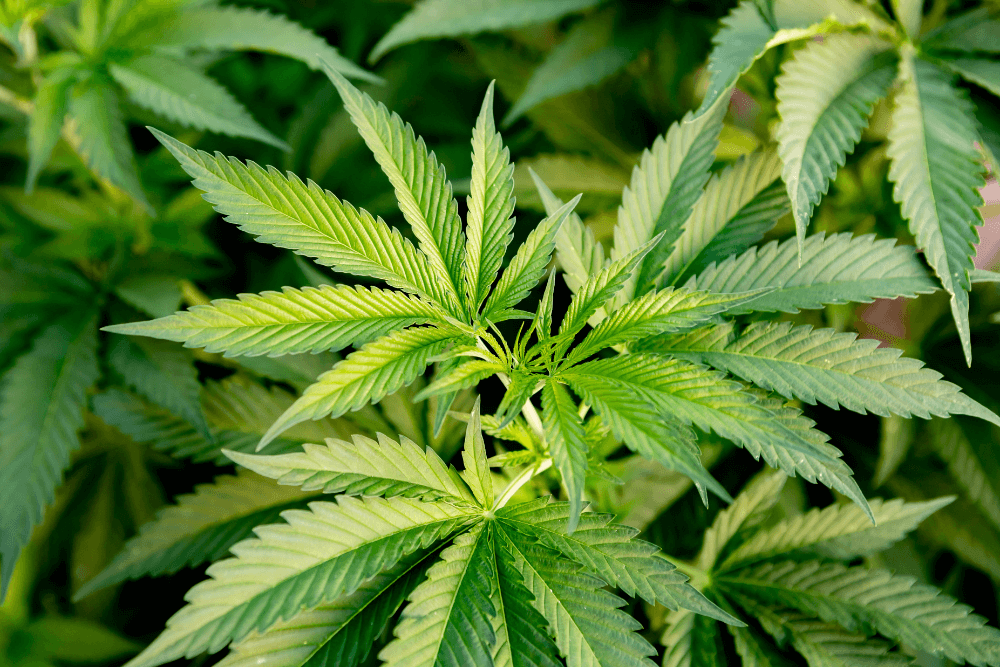Published by Elmar Mair, PhD on behalf of NCIA’s Cannabis Cultivation Committee
In any industry, whenever we try to optimize a process, the first step is to collect data to understand the dependencies and identify bottlenecks. In cultivation, we are still lagging behind, and we accept an average process loss of 10-20%. How can we change that?
Cannabis cultivators will lead this transformation in cultivation
Cultivating and growing plants to their full potential takes experience and specialized skills. Cannabis is no different, and many would argue, can be even more difficult to grow compared to other plants; that is because cannabis is cultivated for multiple reasons. The majority of people know that cannabis is grown for recreational and medicinal use. However, cannabis is also grown for its hemp fiber to create paper, clothing, biofuel, and food. Cannabis is an extremely fast-growing plant. The plant attracts and is susceptible to many pests, including several types of insects, fungus, and bacteria. Another challenge with cannabis is the fact that it has not been grown at scale or studied to the extent of other crops. The legal cannabis industry has only been around since 2012, when Colorado and Washington were the first states to legalize recreational use. Growing cannabis is basically like driving a race car for the first time without knowing the course ahead. Good luck. Wouldn’t you want to know more about your race car, your team, and the uniqueness of the track in order to navigate with precision and skill? That’s exactly why data is such a powerful asset in cultivation, especially for cannabis cultivators.
Switch from qualitative to quantitative data
A lot of stress, miscommunication, and conflict in cultivation operations are due to the subjective nature of data collection. We rely on humans to assess a crop’s state and remember it when comparing historic results. “It looks better than last time.” or “It looks good.” – imagine if you could rely on numbers when making such statements: “We have 10% larger flowers than last cycle” or “This cultivar stretched until day 25 compared to the other cultivar which stopped stretching around day 30”. These are statements that are easy to agree on and hard to challenge since they are objective facts.
Capture a comprehensive set of data
The other important aspect to know about data is that data becomes exponentially more valuable the more complete and comprehensive it is. If you are baking bread and you only measure the flour but not the salt, water, or yeast, there is not much value to this information. The question we need to answer is what data allows us to draw a comprehensive picture of a garden. What data do you need to remotely steer a crop and guide a team on the ground? Cultivators heavily rely on the visual feedback of plants when assessing plant health. Being able to see the plants will be key but also to get a sense of plant health in numbers to allow for quantitative comparisons. Obviously, measuring environmental parameters like air temperature, relative humidity, light intensity, and CO2 is key to operating a cultivation facility. One of the most critical parameters to optimize is the Leaf Vapor Pressure Deficit or Leaf VPD. It provides information on how the plant is transpiring and, thus, how efficiently it can grow. In order to calculate the Leaf VPD, one also needs to know the leaf temperature. Substrate properties are another key piece of the cultivation puzzle. Water content, EC, and pH are important factors to navigate. Finally, it is important to know if any pests, molds, fungus, or viruses are present in the environment. And other factors are obviously key to measuring and understanding when operating a cultivation facility, like airflow, power consumption, etc. The more data you can capture the better you can consistently bake and optimize your favorite bread.
Leverage automation and AI to capture and process the data
However, when collecting data we need to keep in mind that all environmental parameters affect the same plant and, thus, they are all intertwined – in general, changing one parameter requires the adjustment of all other parameters as well. At the same time, the impact of these decisions is often only assessed by looking at the final yield, which makes it impossible to derive what influence each decision had on the respective result. Like in many other fields, modern automation and artificial intelligence are fueling the transition to data-driven decision-making in cultivation. And Cannabis, as one of the highest margin crops, is at the forefront of this evolution. Automated, intelligent systems can monitor your crop 24/7, allowing you to focus on fixing the issues rather than identifying them. They can measure properties across the full canopy, which have not been accessible before, like leaf temperature, bud count, plant stress, pests, and other crucial factors. They enable your team to assess the garden and to discuss its state remotely as well as to compare historic data across growth cycles.
Investing in data collection means making more money
The lack of data obviously results in inconsistencies and even crop loss—in cannabis, the industry average is 15% crop loss. Translation: millions of dollars lost, which goes even higher the larger the facility. That’s a significant amount of revenue that is lost instead of being deployed in other areas for expansion or optimization. In a highly competitive industry, implementing features such as data collection to minimize crop loss and optimize yield pays off quickly and can play a huge factor in a business’s long-term success.



Follow NCIA
Newsletter
Facebook
Twitter
LinkedIn
Instagram
–